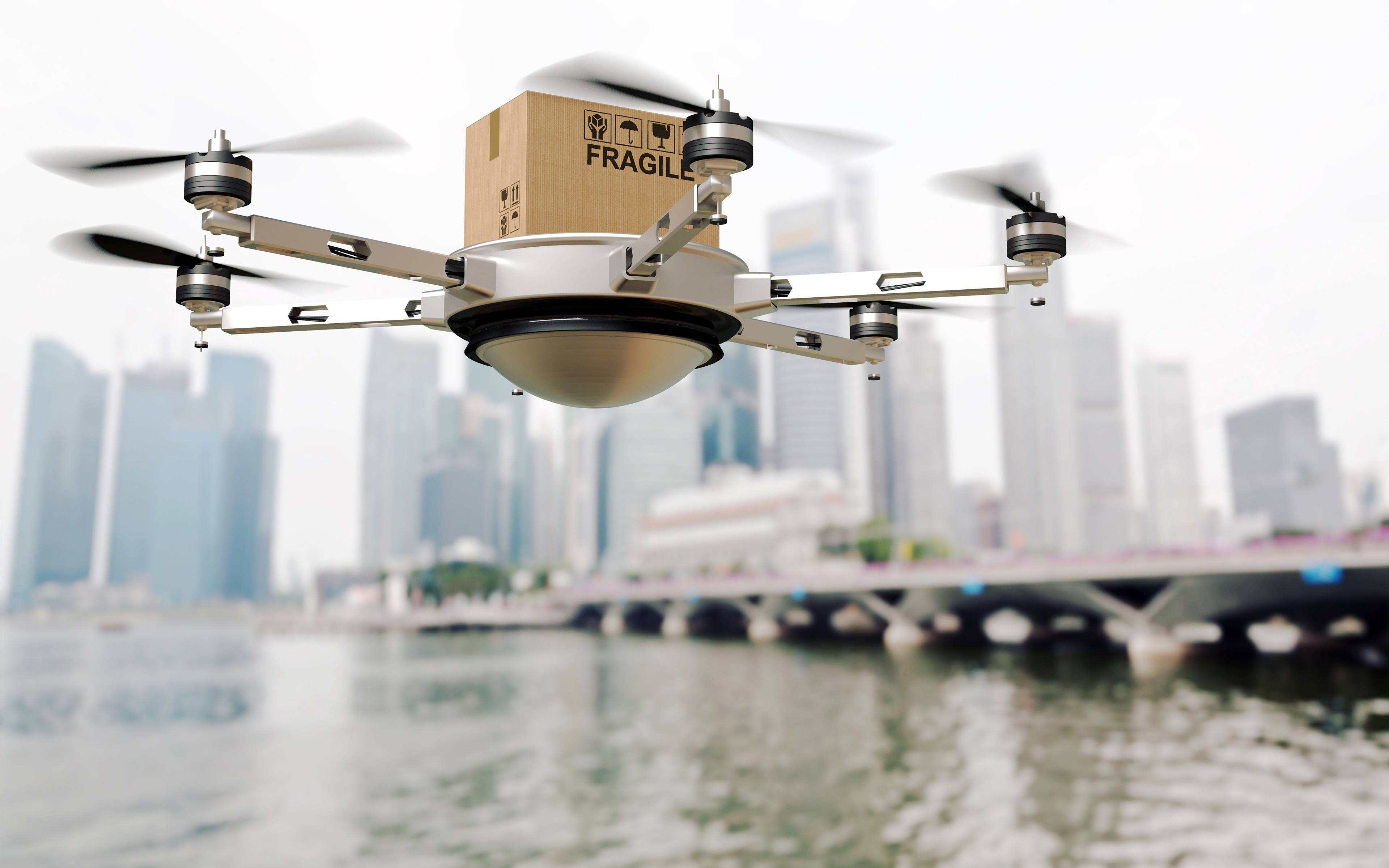No matter what they make or sell — computers, pet food, cosmetics, textiles — companies around the world are grappling with significant supply chain issues. It’s easy to blame the global health crisis for these problems, especially the labor, material and shipping container shortages. Certainly, the pandemic has played its part in exposing the global supply chain’s brittleness and exacerbating systemic problems. But other factors that were years in the making have contributed to many of the current supply chain challenges we’re seeing.
Top among them is the fact that most organizations have long operated their supply chain like a cost center — built to be repeatable and cost-effective at high volume with an expectation that it will rarely face significant operational disruption. This approach was sustainable in a world where a once-in-a-generation event was happening only once in a generation — and not every few weeks or months.
Many companies that were driving their supply chain organizations to be very lean and cost-effective for decades are now rethinking that strategy. They’re worried about top-line growth as the business struggles to get products on shelves and in the hands of consumers. The short-term fixes they’ve applied to shoulder through the disruption and uncertainty, like holding onto extra safety stock or making components they can’t readily buy, are either already exhausted or quickly wearing thin.
Now, these organizations are recognizing that they must build a more flexible, dynamic and resilient supply chain network that will allow them to pivot with agility exactly when they need to. Their starting point for creating that supply chain? Identifying and analyzing their supply chain risks.
Focus First on Evaluating Financial, Operational and Quality Risks
Historically, companies have invested very little in pinpointing and understanding their supply chain risk exposures. But knowing where those exposures exist from end-to-end in the supply chain network is the only way that companies can confidently make strategic investments and improvements, and prioritize them appropriately, to increase consistency in the near term and resilience over the long term.
Most organizations will be eager to analyze their exposure to risks related to the global health crisis (e.g., higher logistics costs, inability to access critical ingredients), as they’re causing the most immediate pain. But generally, supply chain risk analysis should focus first on identifying financial, operational and quality risks throughout the network — and not be conducted solely through a pandemic lens.
Companies will also want to consider evaluating their exposure to more specific risk areas, depending on the nature of their business. These areas may include:
- Regulatory and legal risks
- Operational risks
- Material risks
- Labor risks
- Single-sourcing risks
- Market risks
- Geopolitical risks
- Cybersecurity risks
With access to the right expertise and advanced technology, including machine learning and artificial intelligence (AI) capabilities, organizations can conduct a thorough risk analysis in a matter of months and walk away with a meaningful action plan for rethinking their supply chain.
Take Advantage of Quick Wins to Mitigate Risk and Start Increasing Resilience
A comprehensive, technology-enabled supply chain risk assessment should yield an abundance of “low-hanging fruit” that organizations can address in the near term to drive improvement in their current supply chain operations. For example, if a company knows it could face delays in the shipment of critical raw materials from a preferred supplier due to transportation issues, it can identify backup sources and make plans to pivot to them swiftly when needed.
Some risks will take longer for organizations to resolve. Increasing geographical diversification of the supply base to improve strategic sourcing is just one example of a risk that can be quickly identified but is also time-consuming to fix. Unwinding many aspects of an organization’s existing, global supply chain network as part of an overall redesign — whether it’s ramping down vendor contracts or constructing a new “lights out” manufacturing facility — takes time to execute.
Also, redesigning an organization’s supply chain requires a mindset shift among supply chain professionals — away from a siloed focus on lean-only thinking and toward decision-making that increases flexibility. If the supply chain is too lean — cost-effective as it might be — it won’t flex when under extreme duress, whether that strain is due to geopolitical pressures like tariffs, catastrophic weather events, a weeklong blockage of a critical shipping canal, a global pandemic, or all of the above.
An overly lean supply chain doesn’t allow for quick responses. Instead, it fractures and fails. A flexible, dynamic supply chain supported by next-generation technologies will allow organizations to better predict the inevitable disruptions and step up to meet those challenges more quickly and effectively. But organizations can’t build that supply chain without knowing and managing their risks.
For industry-specific insight on this topic, see Protiviti’s recent webinars, “2022 Top Risks in the Manufacturing and Distribution Industry” and “2022 Top Risks in the Consumer Goods and Retail Industry,” which are available on-demand on our website.





